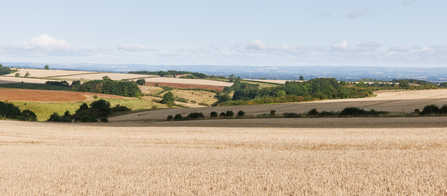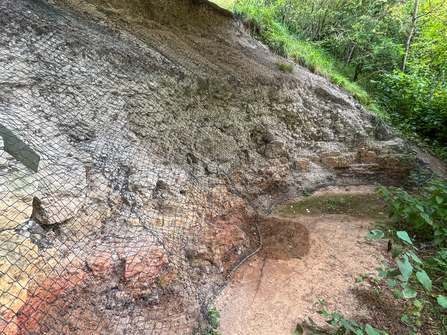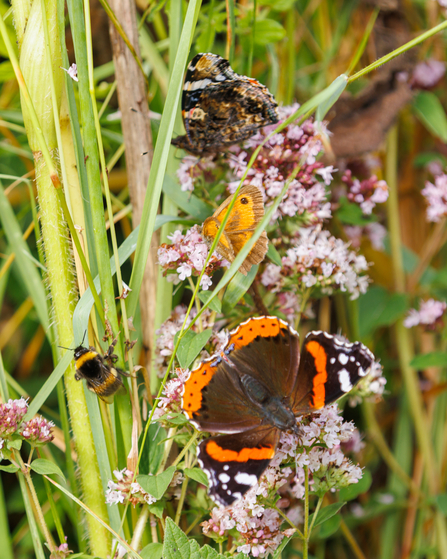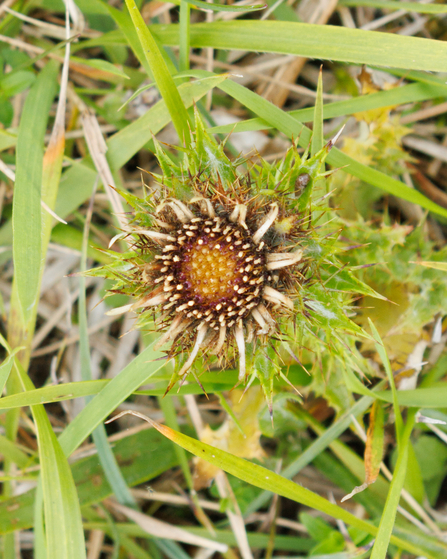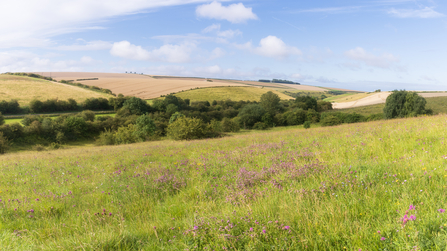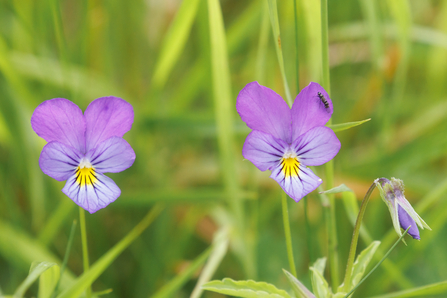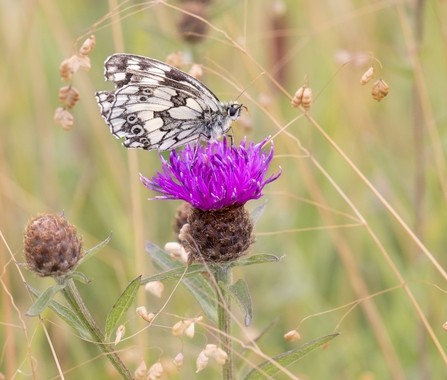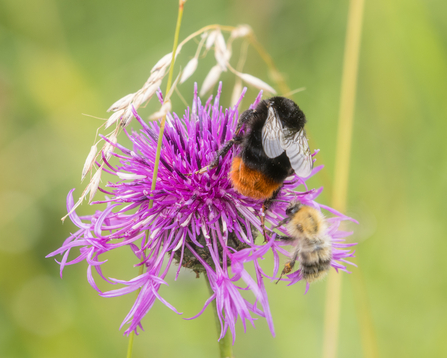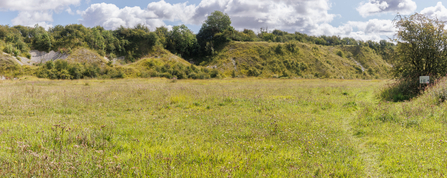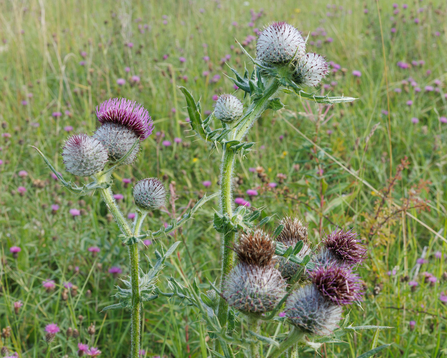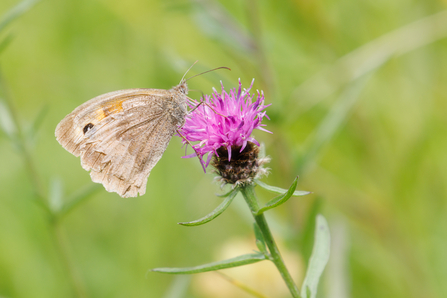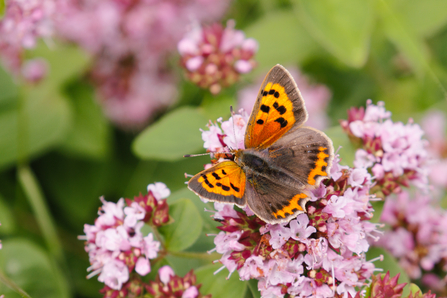Once a geologist...
...always a geologist. I retired from my life as a professional geologist last year, yet my interest in the subject remains undimmed. I simply cannot pass a feature in the landscape without looking at and thinking about its geology. I think this must be why my wife prefers to do the driving when we are out together.
Fortunately, moving to Yorkshire means that I am living in one of the most geologically diverse parts of the UK. This diversity underlies (quite literally!) the wide range of landscapes and habitats we have in our beautiful county. I thought, then, that I would write about some of the Trust’s nature reserves with the eye of a geologist and try to show how geology can influence wildlife and habitats.
Where better to begin than with the chalk of East Yorkshire where I now make my home? The chalk is at its most spectacular on the coast, for example at Flamborough. Here, 100 m high cliffs with their layers, fractures, fissures and caves - all developed because of the physical properties of the chalk - combine to create the perfect setting for nesting seabirds.
Although tempted, instead of Flamborough - I decided instead to visit some of the smaller and less well-visited “chalk-themed” reserves that are tucked away amongst the farming countryside of the Wolds.


